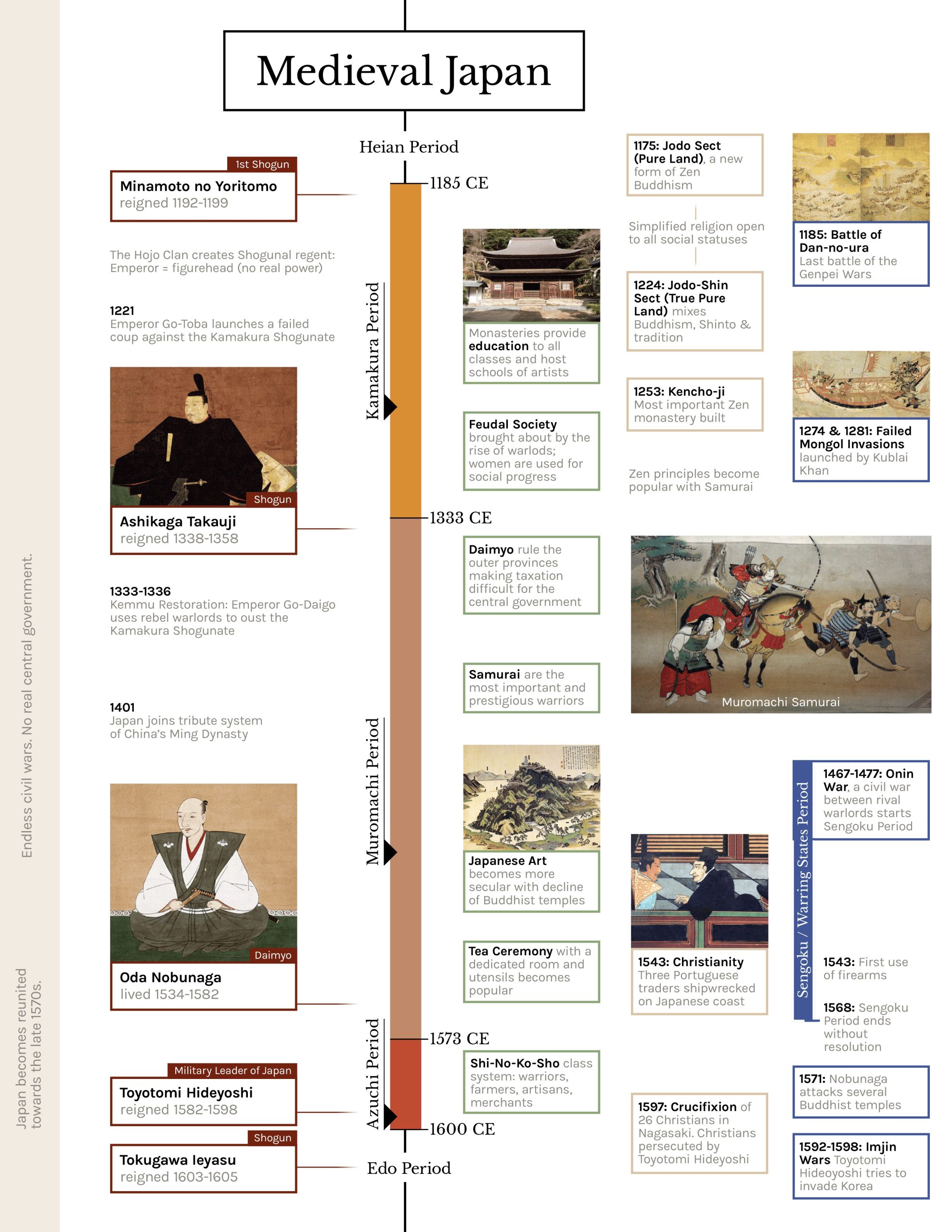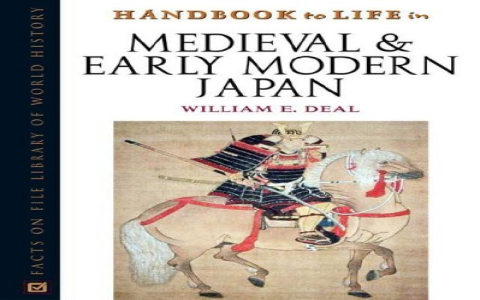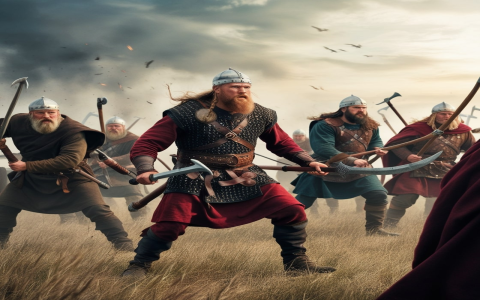My Messy Start Figuring Out Medieval Japan
Okay, so this whole thing kicked off because I finally watched that new samurai show on Netflix. Super cool, right? But it got me wondering: what was Japan actually like back then? Like, for real people, not just the dudes swinging swords. I figured I’d dig in and share how this whole research rabbit hole went down.
First step? Hit the web. Simple. Typed “medieval Japan facts” and boom – instant overload. Articles, videos, dense academic stuff, samurai armor pics… felt like stepping into a hurricane. Way too much, way too confusing. I closed like ten tabs feeling dumber than when I started. Not good.
Decided to switch gears. Found stuff aimed at kids or curious beginners – that helped big time. Shorter sentences, simpler words. Phew. Saved my brain. Started jotting things down in my battered notebook (the one with coffee rings on it, obviously). Tried to just get the basic timeline straight in my head: Heian period (fancy court stuff), then Kamakura (samurai rise!), Muromachi (wars galore), Sengoku (total chaos time). Getting that skeleton structure mattered.

Unpacking the Big Stuff – My “Aha!” Moments
This is where it got juicy. Focusing on big themes helped things click:
- Life Was Rough: Seriously. Read about farmers first. Back-breaking work all day, every day. Their lives depended completely on the rice harvest. Bad weather? Famine. Some warlord taxes you too hard? Starve. Samurai could just… take stuff? Imagine living like that. Kept seeing mentions of “koku” – how much rice a guy produced, that was basically his salary and social status rolled into one. Weird way to measure a person.
Pictured those peasant huts. Drafty. Dirty. Whole families crammed in. Made me grateful for my leaky apartment roof, honestly.
- Samurai ≠ Always Honorable: Big surprise! Pop culture loves the noble warrior, but turns out it was messy. Yeah, the bushido code existed, talking about loyalty and honor and all that jazz. But reality check? These guys were soldiers working for lords. Feudal politics was nasty. Betrayals? Common. Power grabs? Non-stop. Fighting each other was practically the national sport during the Sengoku period. Learned the term “gekokujo” – literally means the lower overthrowing the upper. Happened a lot! Lords got whacked by their own ambitious underlings. Brutal.
- Weird & Wonderful Bits: This is the fun stuff that sticks. Nuns were hardcore! Some joined monasteries just to escape crappy marriages. Others trained as warriors? Wow. Learned about foot binding? Nope, that was China. Japanese noblewomen here painted their teeth black (“ohaguro”). Why? Sign of beauty and maturity. Wild. And Zen Buddhism wasn’t just meditation – it seeped into garden design, tea ceremonies (which were super formal and political, btw), even how samurai approached fighting. Mind-calming before battle? Fascinating.
Wrapping It Up & Making It Stick
By this point, my notebook was a disaster zone of scribbles, arrows, and underlines. My laptop browser history? Medieval Japan central. Time to make sense of the mess. I just started talking it out loud to myself (weird, but effective). Explained the big differences between peasants, samurai, lords, and the emperor (mostly a figurehead then). Practiced saying “Kamakura Shogunate” without tripping. The key was connecting the dots: the land system fed the military lords, who demanded loyalty from warriors, who squeezed the peasants who worked the land… a brutal cycle.
Finished feeling surprisingly satisfied. It wasn’t about memorizing every date or daimyo’s name. It was about grasping the feel, the struggle, and the sheer strangeness of that world. Learned you gotta start simple, embrace the tangents (the black teeth!), and not get scared off by the complexity. Real history is messy and human, not just polished facts. Ended my deep dive feeling like I peeked through a window into a crazy, harsh, but incredibly vivid past. My takeaway? It was way tougher and weirder than any samurai show makes it look. Coffee helped.




